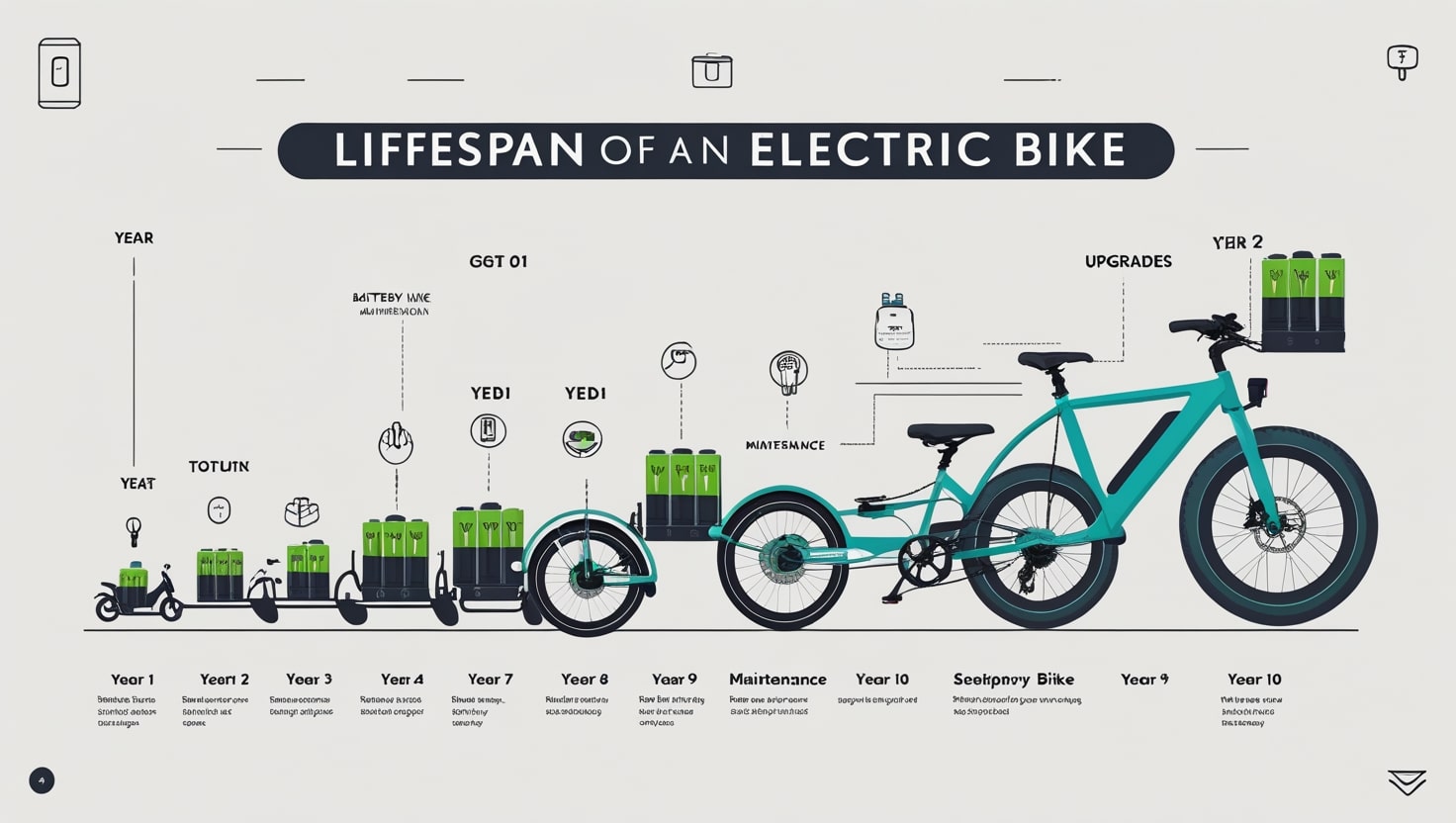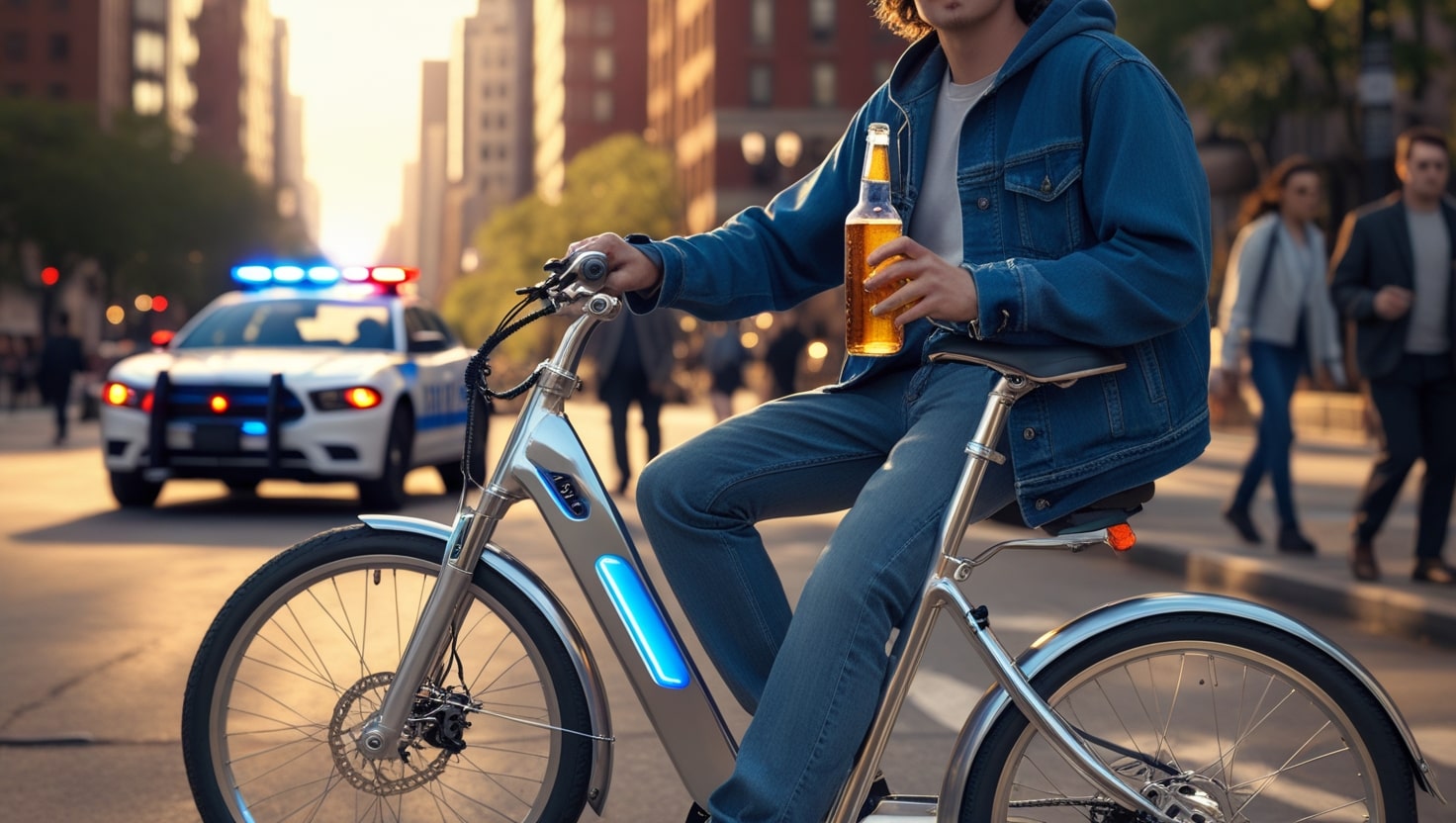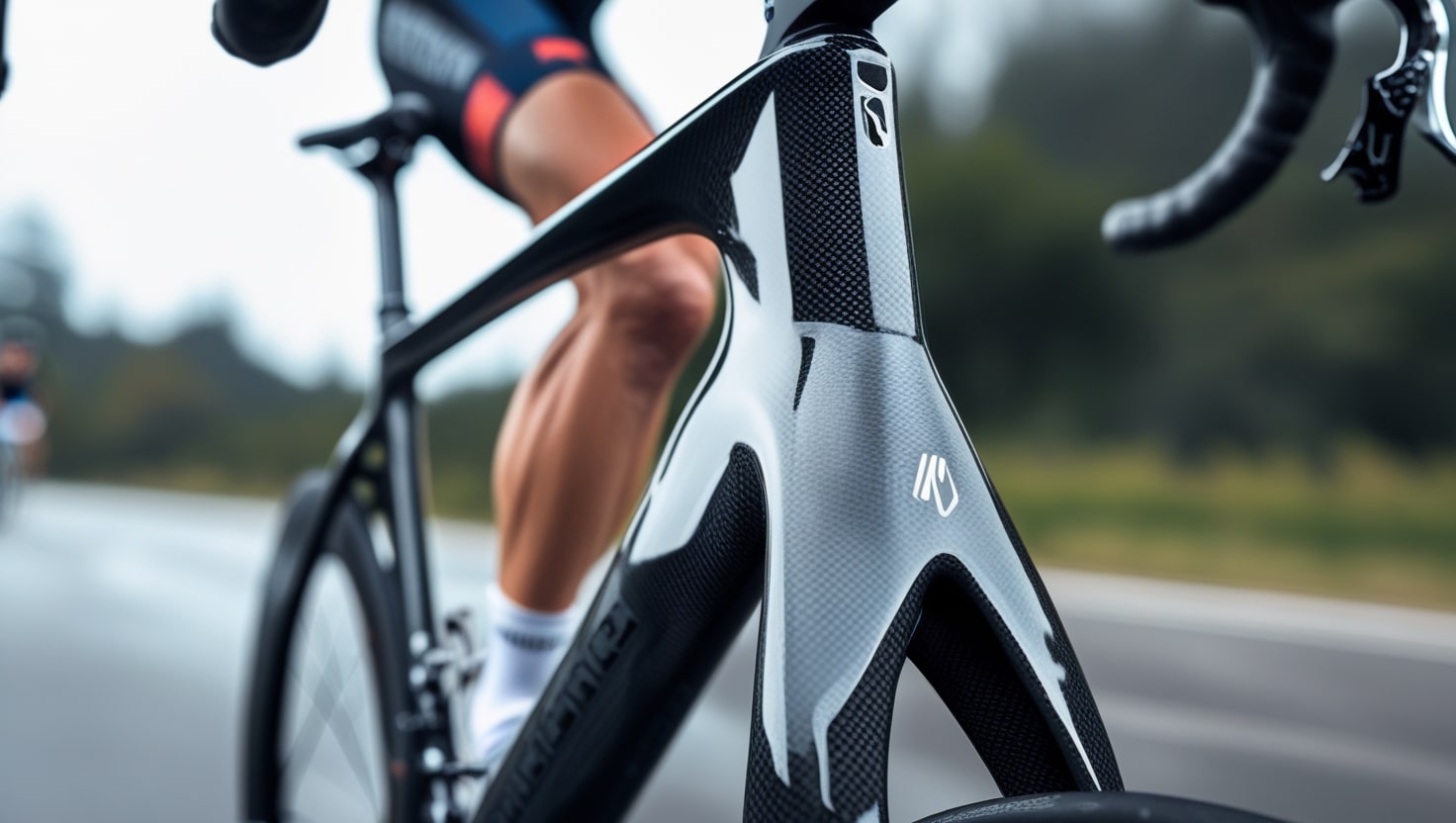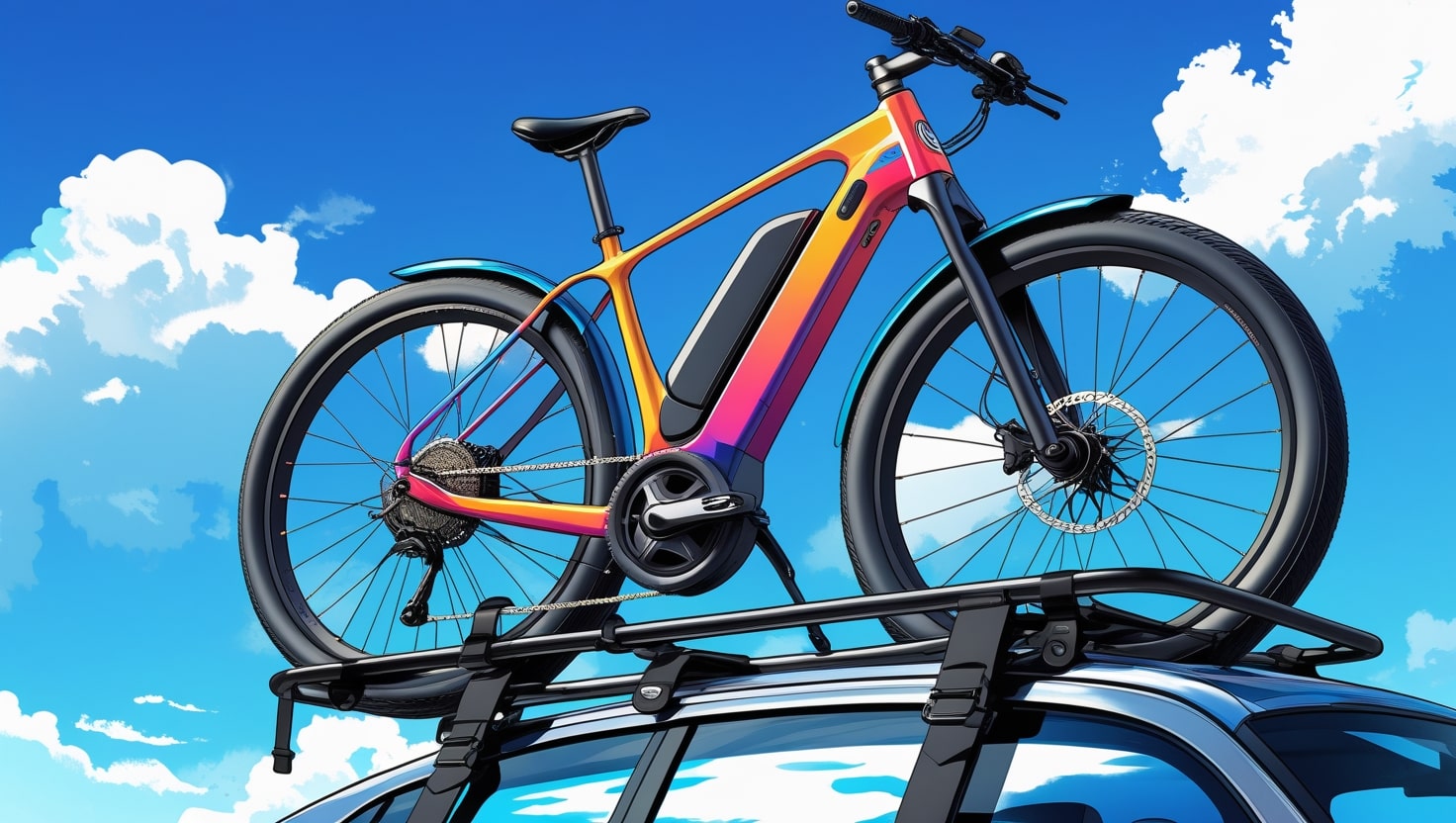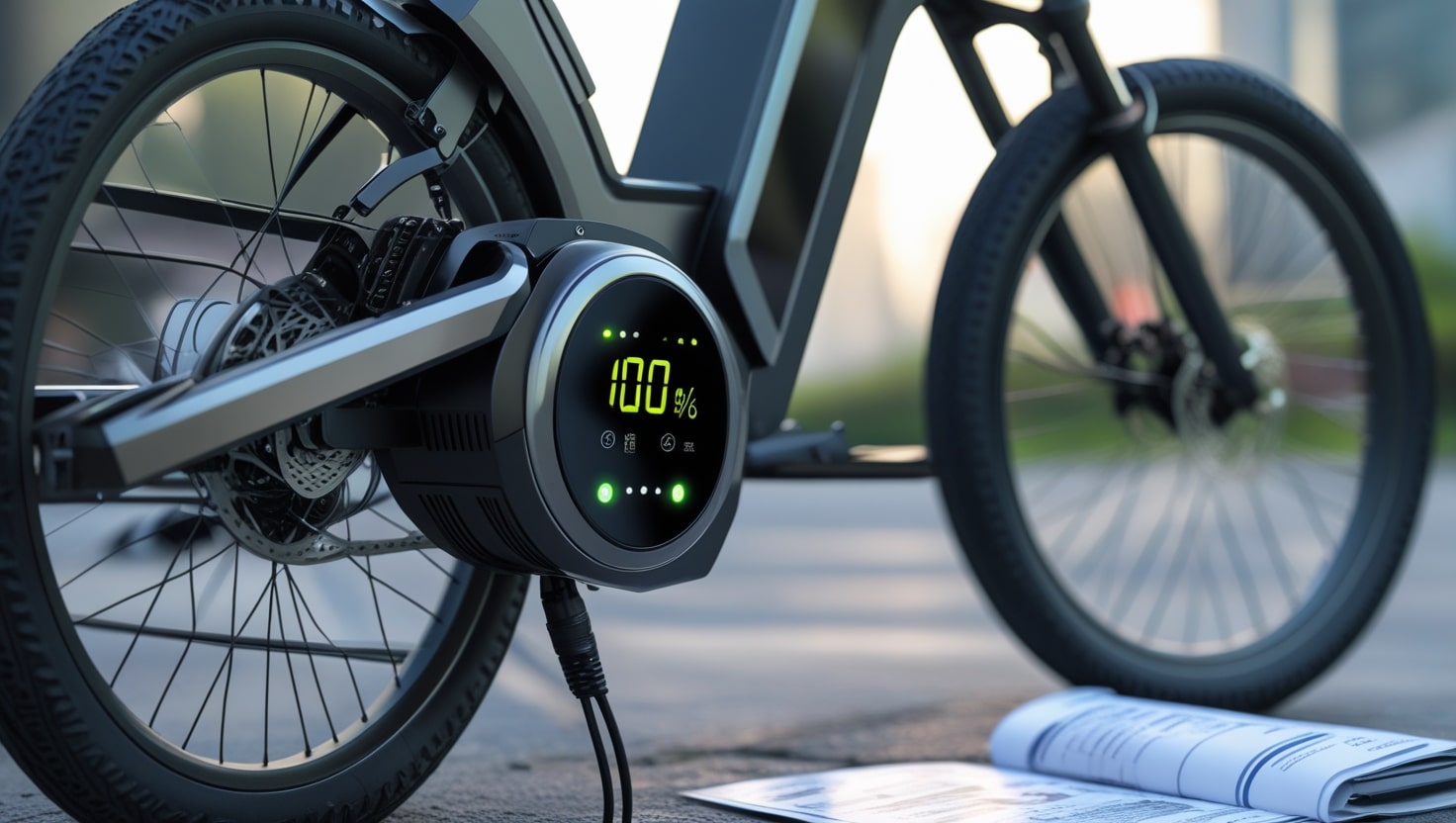From personal experience and industry insights, I’ve learned that treating your ebike as both a bike and a long-term investment is key to maximizing its lifespan. A well-built electric bike is more than just a machine—it’s a reliable companion when given proper maintenance and care. On average, most electric bikes last about ten years, though this can vary depending on how they’re used and the factors surrounding their daily operation.
For instance, regular attention to parts like chains and motors—which may need to be replaced periodically—can help the bike last even longer than a decade. I’ve found that riding styles and terrain conditions greatly impact how machines like these age. If you consistently care for your ebike and ride smart, it’s entirely possible to stretch its life well beyond the expected years. In this blog post we will look in detail at how long do electric bikes last.
Also Read: Do Ebikes Charge When You Pedal?
Which Factors Influence the Lifespan of an E-Bike?
One thing I’ve consistently seen is that the lifespan of an e-bike depends heavily on its model, the workmanship, and how the rider handles it.
A well-designed bicycle with high-end components often lasts longer, especially when care and maintenance are part of your regular routine.
The motor and battery—arguably the heart of an electric bike—should be powerful, modern, and come from a reliable manufacturer to support long-term use.
Always look for robust, high-quality materials that can withstand tough routes and meet everyday demands.
Being proactive and careful with handling, no matter the terrain, can make a big difference in how long your e-bike performs well.
I recommend choosing brands known for their reliable parts and for using the latest technology—trust me, these factors add years to your ride.
From personal experience, bikes made by respected manufacturers tend to last longer simply because they pay close attention to every aspect of design and durability.
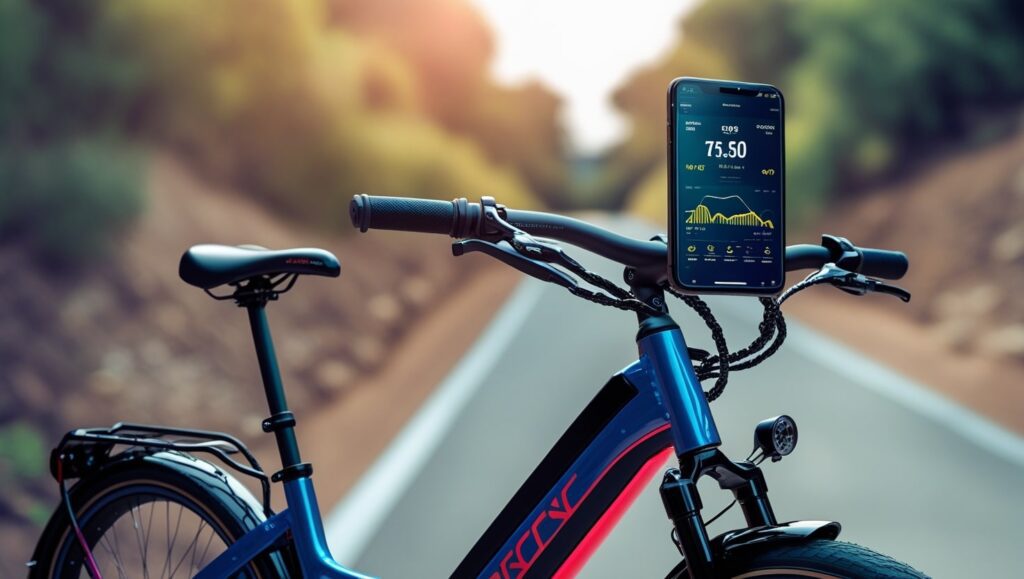
How Long Do Your Ebikes Last
Motor
A high-quality electric bike (e-bike) motor may usually provide a longer service life; nevertheless, the motor type, build quality, and the way and location of the bike’s use all have a significant impact on how long the motor lasts.
- Hub Motors:
From my experience, hub motors—which are placed in either the front or rear wheel of e-bikes—are a solid choice if you prefer low maintenance and a robust setup. Their design is fairly simple and doesn’t rely on the drivetrain, so there’s less direct mechanical wear on components like gears and the chain. Since they’re separate from the pedaling system, they avoid many common issues and typically last around 10,000 to 15,000 miles, which translates to about 3 to 5 years for an average rider. The only trade-off I’ve noticed is how weight distribution can affect handling and add stress to the frame, especially on rough terrain.
- Mid-Drive Motors:
Mid-drive motors, on the other hand, are mounted centrally and connected to the crank, offering much better efficiency and power delivery on hills or uneven terrain. These motors power the chain directly, providing a more natural riding feel, but they do cause more wear and tear on the drivetrain over time. If you’re dealing with a higher-end e-bike, you’re likely to encounter this setup. Though the design is more complex and requires frequent maintenance, I’ve found these motors can push well past 20,000 miles if properly maintained. Their strength lies in how they handle tough conditions while still delivering consistent power, which makes them ideal for committed riders who value performance over simplicity.
Battery
One of the biggest influences on how long your e-bike lasts is the battery, and from my experience, treating it right can make a huge difference. A lithium battery is standard in most models today, and for good reason—it’s highly reliable, efficient, and delivers consistent power. Paired with 48V systems, these batteries offer smoother electric performance and help optimize the engine and other accessories. The technology behind these setups has improved a lot over the years, making them more stable and long-lasting than ever before.
When it comes to charging cycles, a good battery typically holds strong for up to 500 full cycles if given proper care. I’ve seen models with 300 Wh capacity perform impressively, delivering ranges of around 100 km or roughly 62 miles, which easily meets most daily requirements. Maintaining a consistent charging routine and storing the bike correctly go a long way in preserving battery life.
That said, some batteries—especially in premium bikes—can endure up to 40,000 km or about 18,640 miles, under optimal conditions. Once they reach this point, it doesn’t mean they’re defective; instead, their capacity may be reduced to around 70%, which still allows you to ride comfortably with slightly shorter mileage. With regular care, most riders will find they get many useful years out of their battery before needing a replacement.
Tire
When considering the overall lifespan of an e-bike, one part that deserves attention is the tires. Most electric bikes use standard or commuting tires that last around 1,000 to 3,000 miles, typically between 1–3 years, depending on conditions and riding habits. In my experience, touring tires built for longer distances and durability can stretch that range to about 2,000 to 4,000 miles. On the other hand, fat tires often seen on off-road e-bikes face rough terrain, which can shorten their life despite being built tough. Still, when ridden under normal conditions, they tend to perform just as well as more traditional options.
Changing the tires on your bike is one of the easiest maintenance chores.If the frame is in good shape and there’s no major damages, there’s no need to replace the whole e-bike just because of tire issues. Common problems like flats, leaks, or worn tread can be handled with regular monitoring and timely addressing. A solid grip on the road is essential for safe riding, so it’s wise to check for wear often.
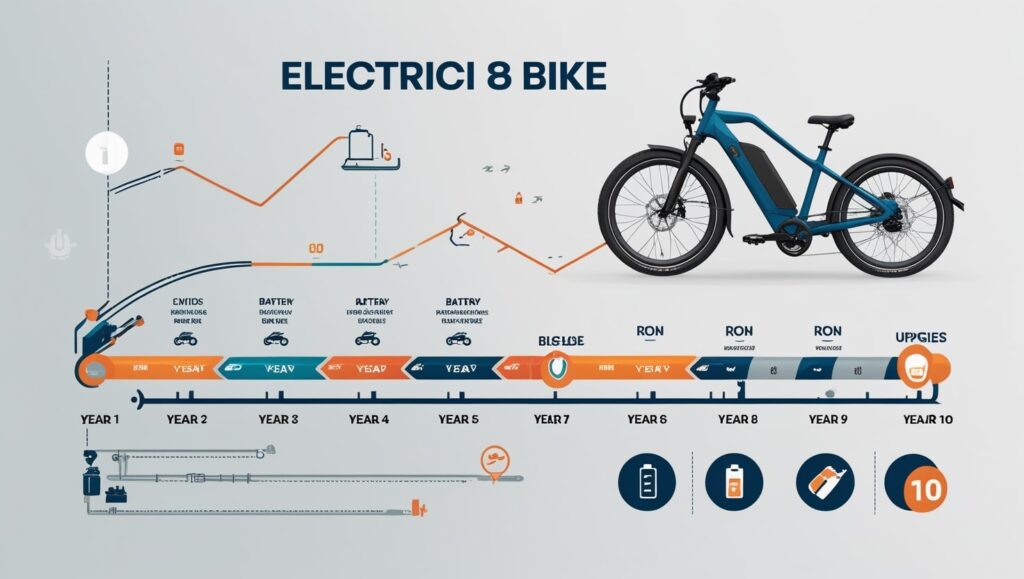
Chain
When thinking about how long an e-bike lasts, don’t overlook the chain—it’s one of the most important parts that affects performance and lifespan. Typically, a well-maintained chain lasts between 1,000 to 3,000 miles or roughly 1–4 years, depending on conditions and how much force and power it endures. Hub motors tend to be easier on the chain since they’re integrated into the wheel and don’t rely on the drivetrain, which reduces wear. However, mid-drive motors transmit both the cyclist’s pedaling energy and the motor’s power through the drivetrain, increasing transmission strain and often requiring more frequent replacement. This direct setup makes the chain more vulnerable to quick wear, especially under heavy mileage or poor riding habits.
From my experience, regular cleaning and lubrication are key to extending chain life. Dirt, moisture, grime, and mud from dirty, wet, or even dry roads can cause corrosion and slow damage over time. Always apply a quality lubricant and clean your chain frequently—especially after riding in harsh conditions. I’ve seen chains last much longer just by staying on top of this routine. Make it a habit to inspect the chain and clean off buildup before it accelerates damage.
Brake
Disc brakes and rim brakes are the two main braking systems found on most e-bikes.
Rim Brakes:
From my experience, rim brakes are commonly found on more traditional models, and they’re fairly easy to maintain. With moderate use and proper care, you can expect them to last around 1 to 3 years. That said, this estimate depends on a few key factors like riding frequency, terrain, and weather conditions. Regular inspection of brake pads is essential to catch early wear, and replacing them when needed helps extend both safety and braking performance. I always remind riders to do routine checks, especially if they want to get the most out of the lifespan of their rim brakes.
Disc Brakes:
Disc brakes generally have a longer lifespan than rim brakes and are better suited for varying conditions. When maintained with care, they can easily last 3 to 5 years or more. Their design makes them less susceptible to debris and keeps braking smooth and consistent, even in bad weather. The rotor and pad condition should be checked regularly, and minor adjustments can go a long way in preserving performance. Periodic maintenance is key here—I’ve seen that sticking to a simple routine dramatically improves the longevity of disc brakes, especially when dealing with tough terrain or frequent rides.
Display
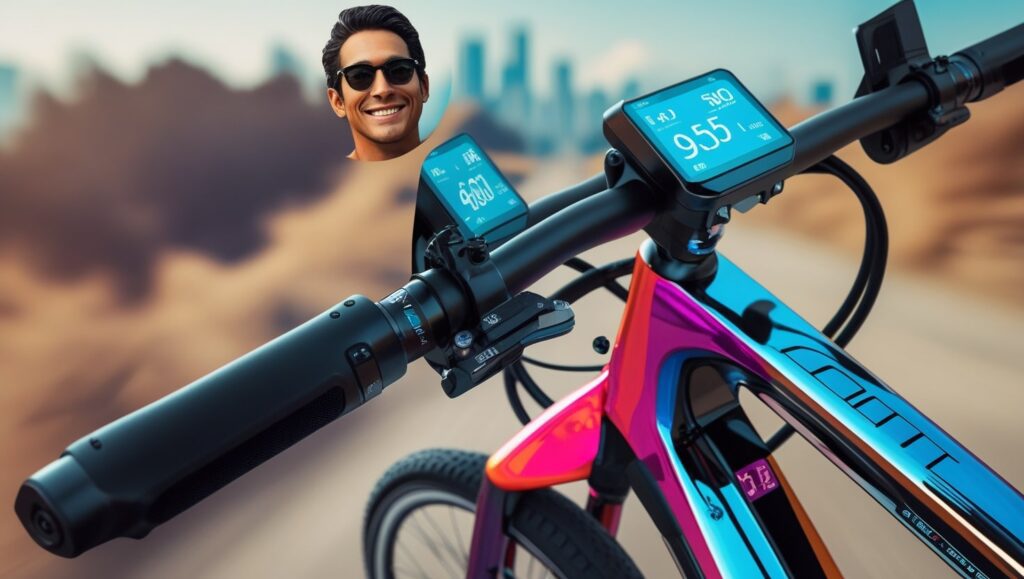
One feature I always advise riders to protect is the display, as it shows important metrics like your current speed, remaining battery life, and total distance traveled. Keeping this component in optimal condition is absolutely essential, not just for readability but also to ensure your e-bike runs smoothly over time. I recommend always wiping it clean and keeping it dry, as even small amounts of moisture can cause internal damage. Avoiding accidental drops or other physical impact can go a long way in preserving its accuracy and function, especially if you’re relying on it during longer rides.
E-Bike Lifespan and Eco-Balance: an Important Topic
When talking about how long e-bikes last, it’s also important to consider their effect on the eco-balance. The production of a bike involves using raw materials and releasing exhaust gases, especially during transport and processing. For example, a frame made of aluminium is commonly used to reduce weight, but it’s quite energy-intensive to produce. However, the benefit is that this material is relatively easy to recycle later on, which helps reduce waste and supports sustainability over time.
At Ampler Bikes, they’ve made clear efforts to cut their carbon footprint through smarter logistics and by building bikes designed for a longer lifespan. I’ve found their approach to be a good example of what the future of biking should look like—focusing on high-quality, durable components that are both robust and reliable.

How Do I Make My Ebike Last Longer
Maintaining your electric bicycle on a regular basis will help it function smoothly and last longer. Frequent maintenance and inspections can prolong the life of your e-bike by preventing minor issues from developing into more expensive fixes.
Here are some tips for making the most of your e-bike over time:
Regular Maintenance: Perform routine checks on all essential parts of your ebike. This includes monitoring tire pressure, brakes, and making sure bolts are properly tightened. Don’t forget lubricating the chains regularly to reduce wear and keep everything in good condition.
Keep it Clean: Regularly clean your frame with mild soap and water to prevent dirt, grime, and buildup. Always avoid spraying directly on electrical components to protect them from damage.
Proper Storage: When not in use, keep your ebike indoors or in a dry, covered area to shield it from elements like rain, snow, and extreme temperatures. This will prevent moisture-related wear and prolong the condition of vital parts.
Avoid Overloading: Respect the weight limit set by the manufacturer to prevent overloading. Excess carrying can strain the motor and lead to accelerated wear on internal components.
Charge Carefully: Always follow the manufacturer’s charging recommendations. Avoid overcharging or fully draining the battery, and only charge it using the original charger or an approved alternative to maintain battery health.
Conclusion
In my experience, staying on top of maintenance is absolutely crucial if you want your electric bike to go the distance. A proactive approach makes it possible to identify minor problems early on and provide riders with a smoother, safer, and more pleasurable riding experience. Whether it’s tightening bolts, cleaning parts, or just keeping an eye on wear, these habits truly extend the life of most e-bikes. So keep those wheels in motion, and let every ride count toward a longer-lasting bike.
FAQs
How often should ebike chains be replaced?
Based on what I’ve seen over the years, ebike chains generally have a lifespan of about 1 to 4 years, depending heavily on usage and how consistent you are with maintenance. If your bike runs on hub motors, the chain usually lasts longer because there’s less stress applied during pedaling. However, mid-drive motors use a direct drive system, which adds more load and wear to the chain, often leading to more frequent replacement.
What are the maintenance recommendations for ebike brakes?
In my experience, keeping brakes in top shape is key to both performance and safety. Rim brakes usually last around 1 to 3 years with regular maintenance, while disc brakes can go up to 5 years depending on use, terrain, and how often you perform inspections. To extend the lifespan of your braking system, make sure to check the brake pad and rotor wear regularly.
How can I make my ebike last longer?
If you want to prolong the life of your ebike, it’s important to follow a few simple habits that I’ve personally found make a big difference. Start by doing regular maintenance checks to catch issues early, and always keep your bike clean to prevent dirt buildup that can lead to wear. Make sure to store it properly in a dry place to protect it from moisture, and avoid overloading since extra weight can strain components. When it comes to power, always charge the battery following the manufacturer’s guidelines to maintain its performance and overall lifespan.

